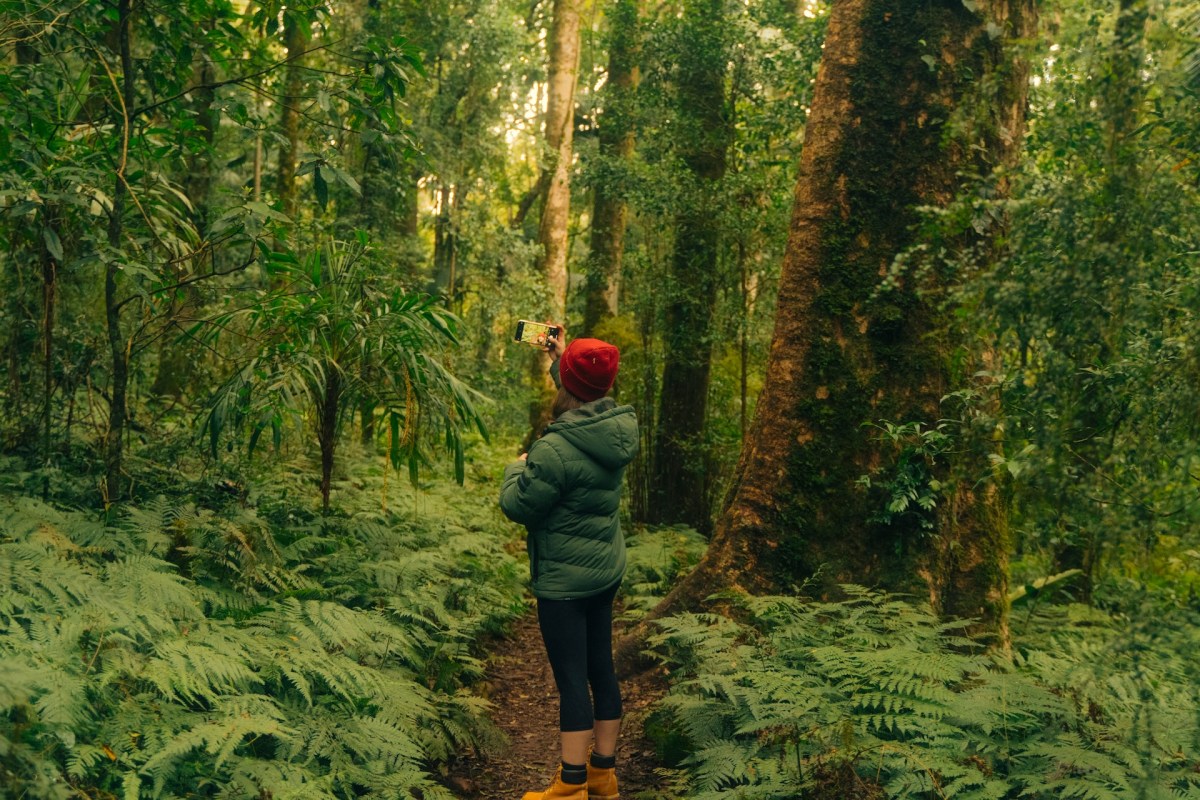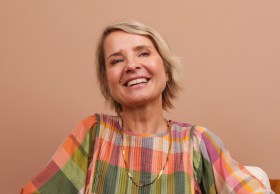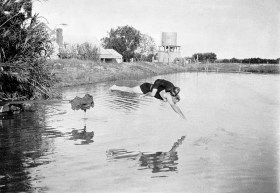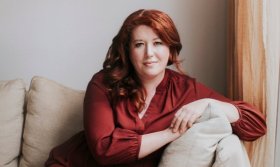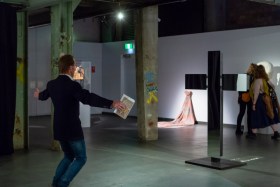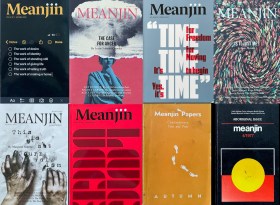In 2021, Deaf writer Fiona Murphy published The Shape of Sound, an account of her growing awareness of her deaf sensibility and Deaf self. Over the years, I have found the book a helpful textual companion, cutting through the habitual isolation I feel as someone who was not raised with a Deaf community.
Most often, however, I have haunted the corridors of Murphy’s book relating to architecture. Murphy, who trained as a physiotherapist, dwells on the permeability of bodies and the world, and how this is reflected in the roots of the English language.
The tibia (our shinbone), for example, means ‘pipe’ or ‘flute’, and these instruments were once made from bone. ‘Once we know the origins of these words, the boundaries between our bodies and the world becomes permeable’, Muphy observes. She comments on the way we refer to buildings as having good bones, or how a house has a heart, or how roads are arteries.
Nature writing: ecobiography
Recently, I have realised that I am drawn to Murphy’s descriptions because they mirror the form I have been working in for the last decade: ecobiography.
Where a biography tells the story of a person’s life, an ecobiography details how a person’s life is shaped by their environment. Etymology, once again, reveals the meaning of ‘ecobiography’: the autos in autobiography (denoting ‘self’) is replaced with eco, a combining form denoting the adjective ‘ecological’ or noun ‘ecology’.
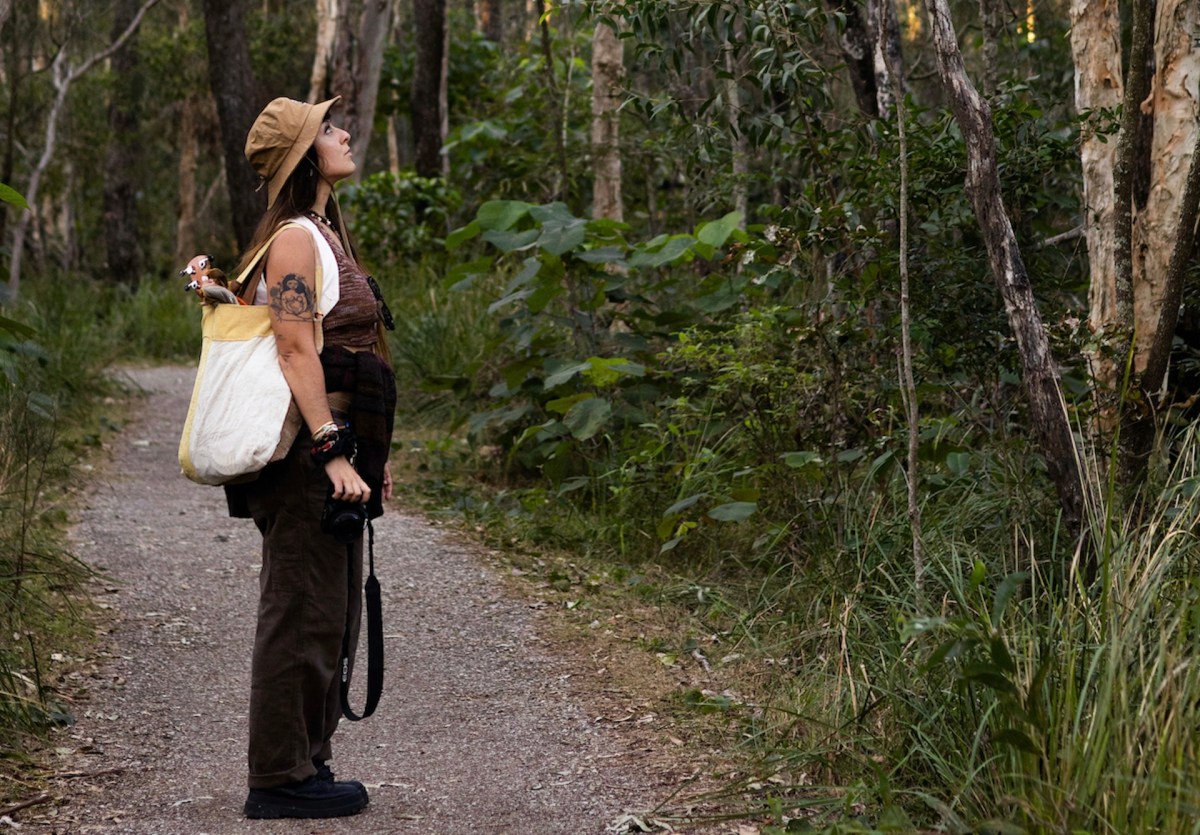
When considering the definition of ecological in the Oxford English Dictionary – ‘of, relating to, or involving the interrelationships between living organisms and their environment’ – the meaning of ecobiography becomes clear: it is a textual representation of the intertwining of human and nonhuman lives. Or, as Murphy puts it, ‘how we understand the world is through our bodies and how we understand our bodies is through the world’.
Nature writing: disabled people
Disabled people are often highly sensitive to their environments. When I walk into a room, I automatically check if the floor is carpeted, as this affects the acoustics. I look for sources of light, as I need this for lipreading. I work out where to sit so that I can hear out of my right ear and see as many faces as possible. I feel safest in small rooms, where I can see what is happening. Many other disabled people also consciously assess how to navigate a world which is not designed for them (navigating footpaths and curbs in a wheelchair for example, or listening for hazards as a blind person).
Losing one sense can also mean that other senses are augmented, which facilitates attentiveness to one’s surroundings. Blind artist and writer Barbara Blackman, in her autobiography Glass After Glass, describes her walk to the mailbox with her cane, which she refers to as a ‘good dog’ – sniffing, tapping on stone, leaf, puddle, wood’. It is also a ‘conducting baton’ which makes the landscape ‘percussive’. The walk is so familiar that she refers to it as a ‘lover’s face’ and ‘an intimate topography’. Blackman’s blindness alerts her to the sound and sensation of her environment.
Given this heightened awareness of environments and how to interact with them, why is there so little writing about the natural world by disabled Australian writers?
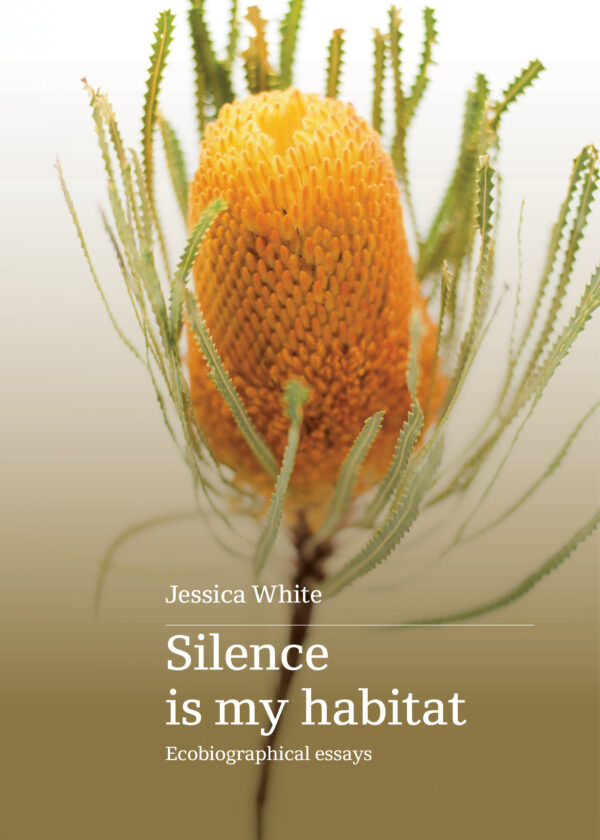
The publishing industry’s reticence (though improving in recent years) to print writing by disabled writers might be one reason, but it also appears that disability is an afterthought for those writing about nature. On this Ground, for example, is subtitled The Best Australian Nature Writing (2024), but does not contain any meditations on disability, nor any writers who identify as disabled.
Authors in the US and UK such as Sunaura Taylor and Louise Kenward have explored this theme in Disabled Ecologies: Lessons from a Wounded Desert (2024), and Moving Mountains: Writing Nature through Illness and Disability (2025) but in Australia the field is distressingly sparse.
This lack of attention to the interrelationship between disabled bodies and the world they navigate is one of the reasons I collated Silence is my Habitat: Ecobiographical Essays. In this, I detail how deafness shapes my relationships with natural and built environments such as the bush, swimming pools, archives, and the university, and with species that, on account of my deafness, I find charismatic, such as black cockatoos. The essays resonate with the original Greek root of ecology — oikos — meaning dwelling place, and consider the places where I feel at home.
Nature writing: deafness and space
The connection between deafness and space is so integral that a group at Gallaudet University, the world’s largest tertiary institution for Deaf students — Professor of Deaf Studies Ben Bahan, architect Hansel Bauman and his brother H. Dirksen Bauman, and their students — developed the concept of DeafSpace. It examines how built environments can be shaped to benefit Deaf people. Rounded corners, for example, allow Deaf people to see who is coming, rather than banging into them because they can’t hear footsteps approaching.
ArtsHub: The 5 best books published in October 2025
Murphy finds that she can hear best when sound is funnelled into narrow spaces, such as the corners of a room, but it means that her body becomes cramped with listening. Photographs of herself after a night out reveal her body ‘contorted in angles of effort’. Reading this, I see her squashed into a space that does not allow her to function with energy and ease. I wonder what would happen if, in Australia, we would have our own version of DeafSpace: environments that allows us to communicate with ease. We would thrive, rather than retreat to recover our energy, depleted from trying to exist in a hearing world.
Nature writing: words and worlds
It is significant that Murphy meditates on the importance of words for decoding how we experience our world, at least in a Western context. Through reading words, we enter someone else’s environment. For this reason, I hope that writers of the environment will allow space for disabled people’s voices and experiences, particularly at a time which calls for attentiveness to a world threatened by climate change and ecological disaster.
